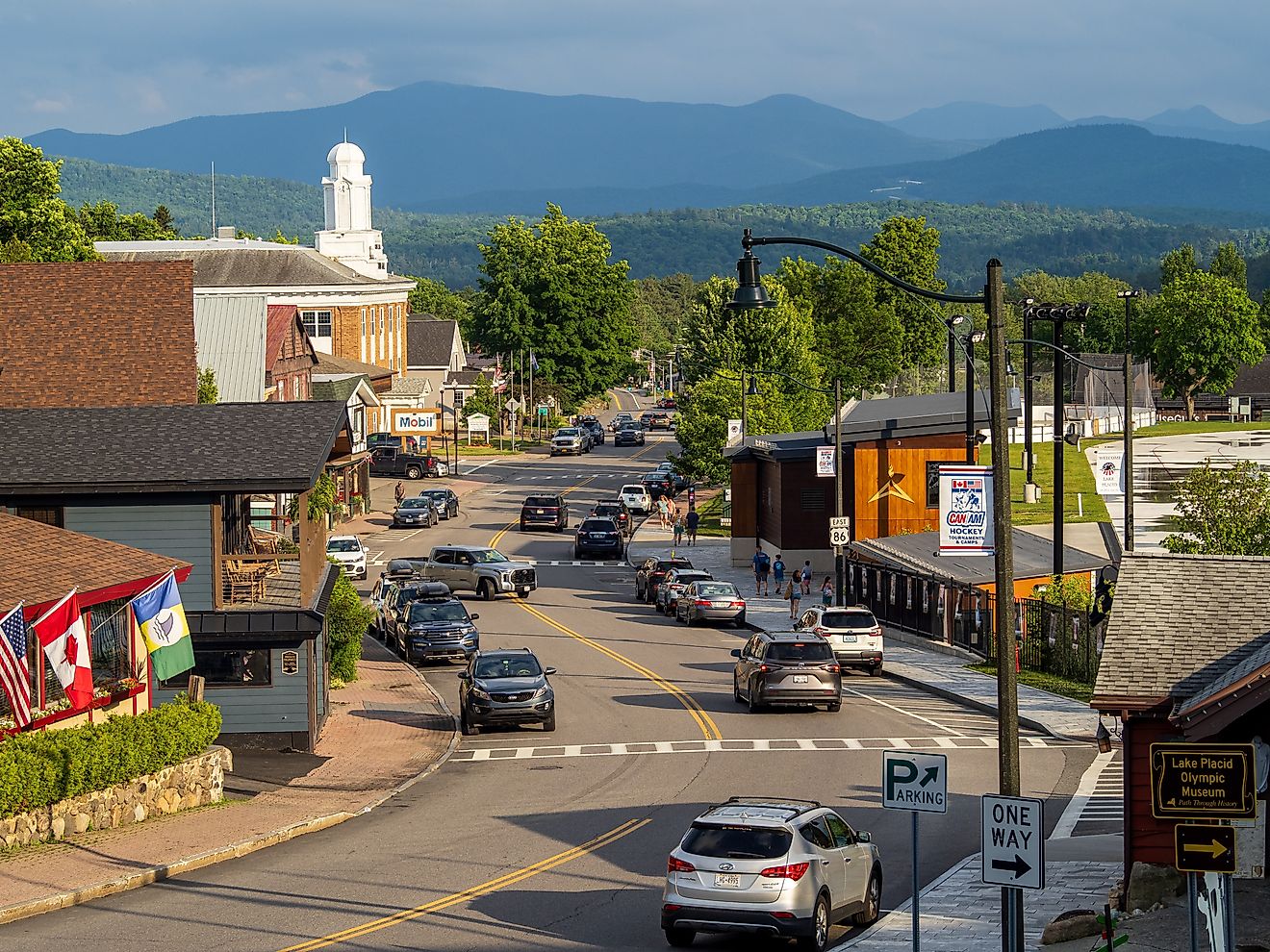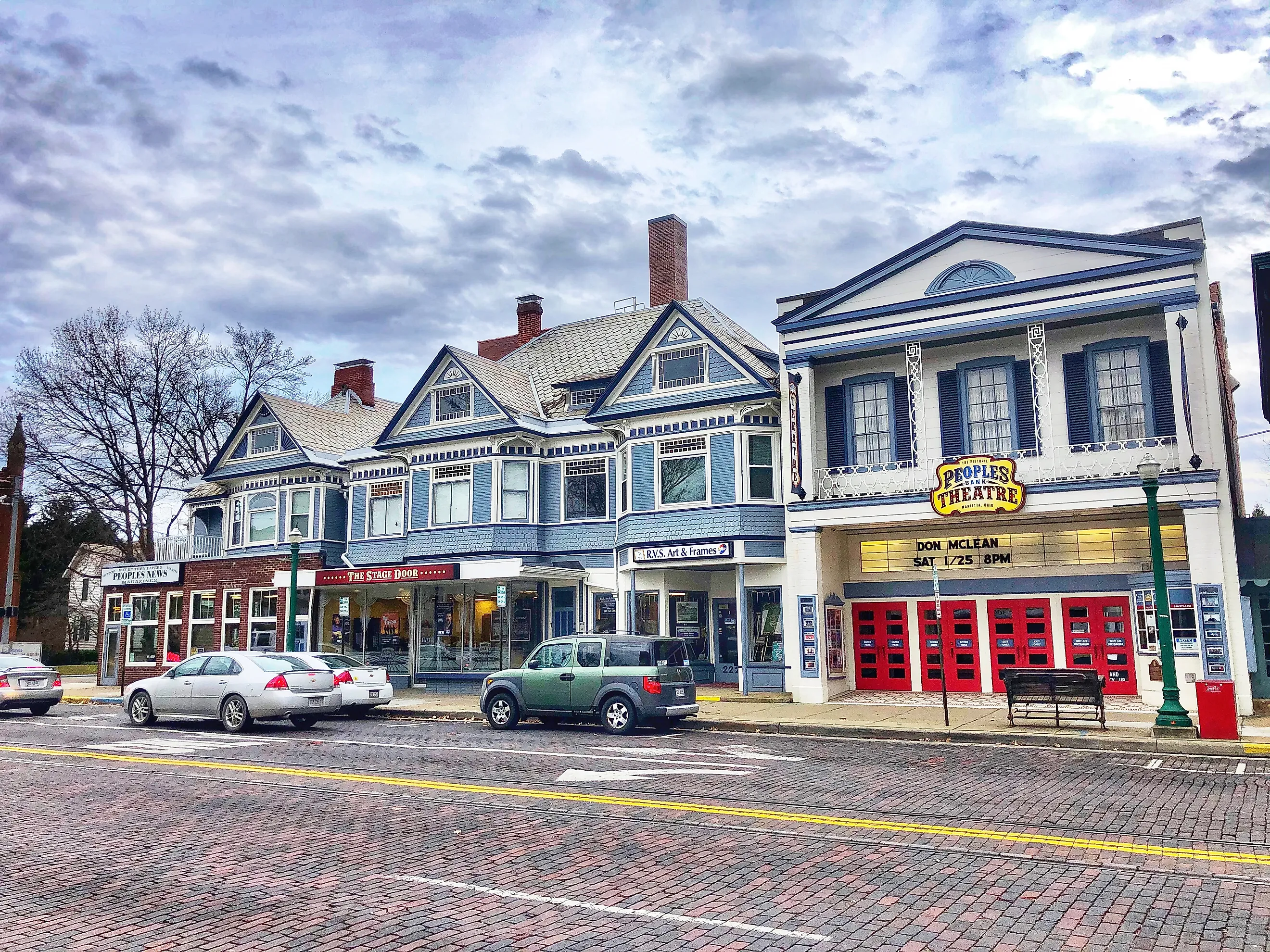
11 Towns in Ohio that Transport You to the Past
Ohio is a treasure trove of history, with small towns that feel like stepping back in time. From the charm of Victorian streets to significant landmarks steeped in heritage, these communities tell the story of the Buckeye State's evolution. Many of these towns preserve their rich past in beautifully restored architecture, captivating museums, and the traditions of their people. Whether you’re exploring Marietta’s French influence, Circleville’s historic churches, or Sidney’s industrial roots, each destination offers a unique window into Ohio’s storied past, creating an unforgettable journey through time.
Marietta
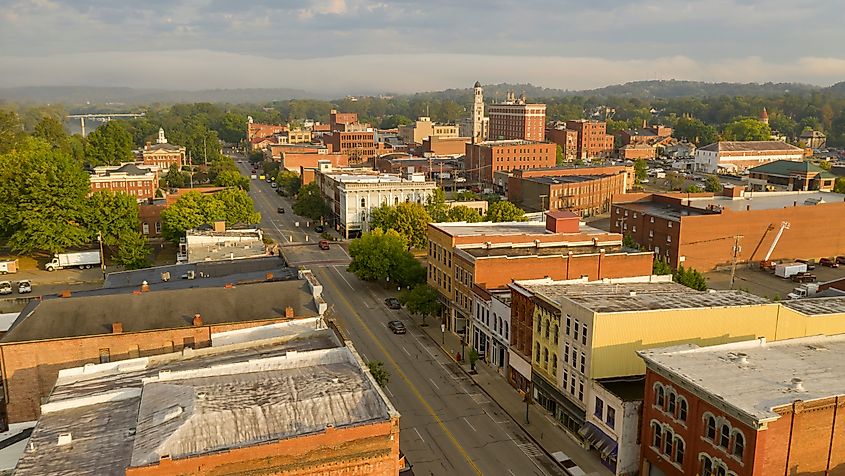
The French settled in the area that is now Marietta in the mid-18th century, making this small town the first permanent settlement in the state. Today, you can still find a delightful blend of colonial and Victorian architecture and a breath of French influence. Traveling along the Ohio River will allow you to explore the River Trail, which runs along many landmarks, such as the 1918 Lafayette Hotel, a rustic place to stay the night in Marietta.
The Harmar Village Historic District is lined with artifacts of the bygone eras that the area came from. A quaint building that once housed the town’s post office welcomes you before you stroll across the B&O Harmar Bridge. This piece of Americana was once a covered bridge for wagons to cross the river. Later, it was converted to a way for trains to access the town. Today, the bridge is open to foot traffic and lined with the padlocks young lovers place there to signify their devotion. Those interested in a different kind of history should check out the Campus Martius Museum, boasting two historical buildings and endless information.
New Philadelphia
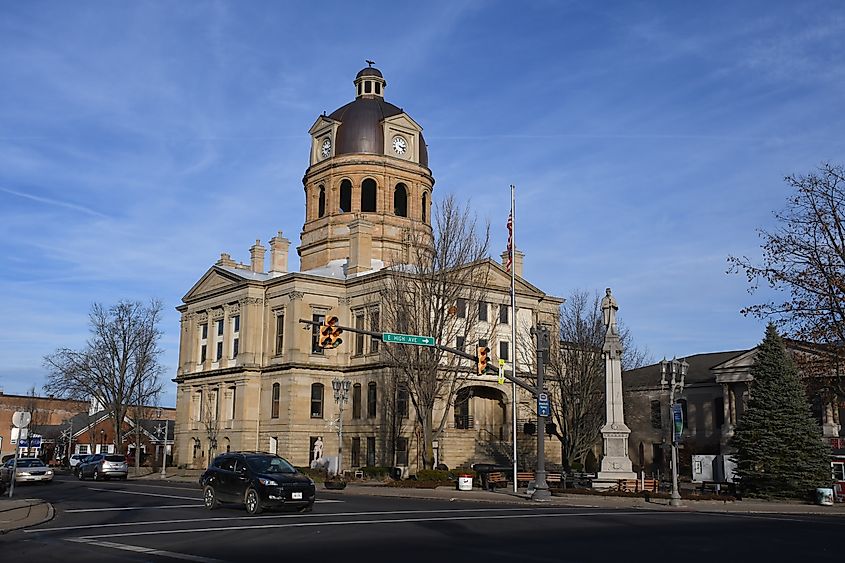
New Philadelphia's roots date back to the early nineteenth century. Lying next to the Tuscarawas River, it was a major source of coal and clay in the state, making it an essential part of industry throughout Ohio.
Many places built in New Philadelphia during its early days are still there. The Tuscarawas County Courthouse is a magnificent example of the architecture used in the area in the 19th century. You can take a guided tour and see the significance of civil service buildings like that during the era. More buildings can be found in the New Philadelphia Historic District. You can see some of the original homesteads that McWorter and his group of freed slaves used to create a new life for themselves. New Philadelphia is a charming town filled with inspiring stories of survival and change.
Tiffin
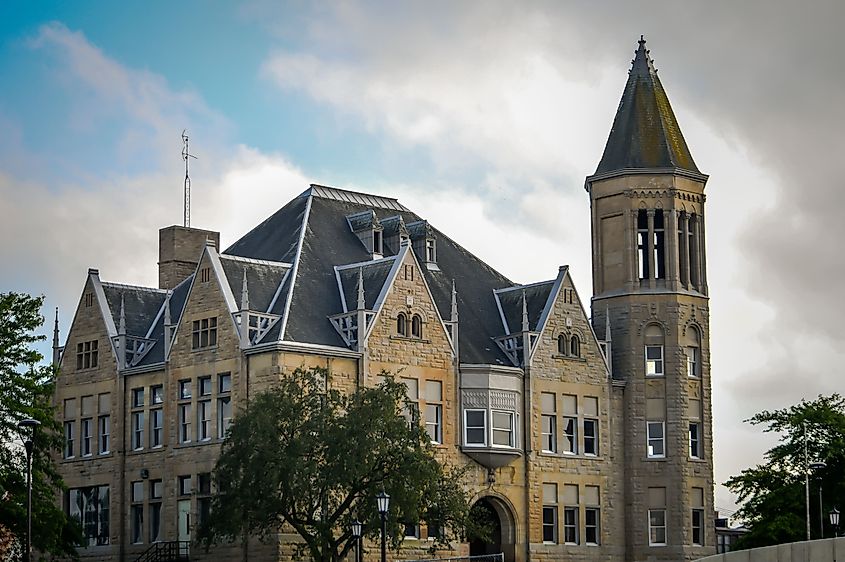
Fort Ball was once a military depot during the War of 1812. Over time, the site has become Tiffin, a charming small town filled with history and cultural heritage. The historic downtown area has plenty of remnants of the town's origin, where buildings like the Seneca County Courthouse are a testament to the architecture of the early nineteenth century.
Tiffin is also known as a manufacturer of glass and porcelain products and has a long-lived glass-making tradition. The Tiffin Glass Museum celebrates that history by offering visitors a chance to look back through time at some of the beautiful products made in the area. You can also see many of the products that are still being made today, and you will be given a chance to purchase some for your collection.
Movie lovers will enjoy visiting the Ritz Theatre, a 1920s movie palace restored to its original stunning glory. Live performances and film screenings take place there often, giving you an opportunity to feel what it was like to go out to a movie a hundred years ago.
Lancaster
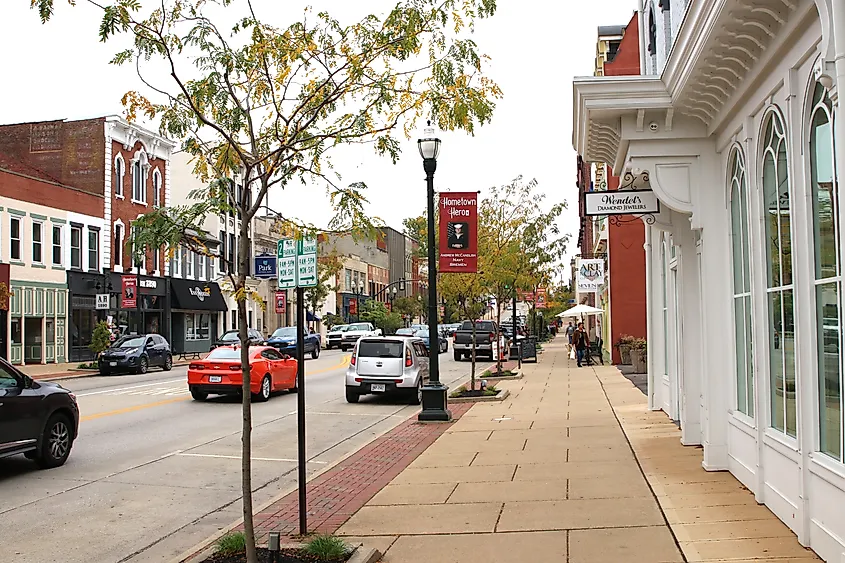
If you enjoy the architecture of the past, Lancaster will be a treat on your itinerary. This town is filled with historical charm, and visitors can explore several buildings that showcase classic architecture. The home of William Tecumseh Sherman is there, giving visitors an opportunity to see how this highly decorated general lived before leading Union armies into several successful battles in the Civil War.
Much of Ohio is steeped in the traditions of glass-making, and Lancaster lives up to those expectations as well. The Ohio Glass Museum offers history buffs a chance to see the way glass was produced in the 19th and 20th centuries. Moreover, one can visit the Georgian Museum, an 1832 structure now used as a museum full of early Fairfield County artifacts.
Wooster
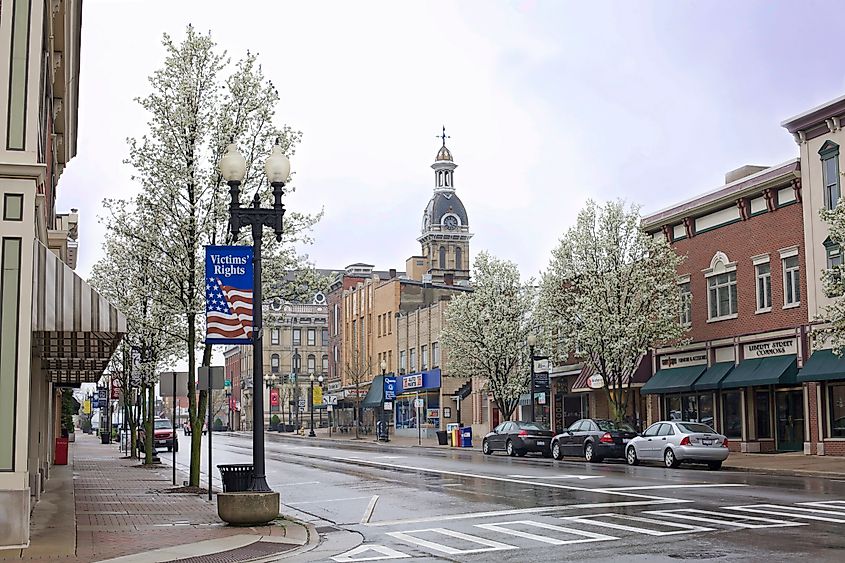
A short drive south of Cleveland will bring you to Wooster. The streets of this small town are lined with historic buildings such as the Wayne County Historical Society. A small charge will give you access to a collection of artifacts and documents from the early days of Wooster when it was not much more than the settlement in which John Beaver had made his home after the Revolutionary War.
The Secrest Arboretum is a beautiful destination for visitors who want a blend of nature, history, and education. You will find an expanse of trees and plants of many varieties, giving you an opportunity to take a peaceful walk down trails weaving through gorgeous flowerbeds and lush gardens. Visitors will also find educational programs and seasonal events that offer opportunities to gain horticultural knowledge and environmental awareness. Tourists may also discover the Ohio Light Opera. This company of actors and musicians has entertained audiences for nearly 50 years.
Zanesville

Traveling to the confluence of the Licking and Muskingum Rivers will bring you to the unique town of Zanesville. This charming town is significant in Ohio’s history not only because it once served as the state capital but also because of the rich clay deposits that were important during our nation’s Industrial Revolution.
One of the most unique things you will find in Zanesville is the 1902 Y-Bridge. This is one of the few known bridges in a Y configuration, allowing people to cross over the point where two rivers come together. It has been listed in many publications, such as Ripley’s Believe It or Not, and is the pride of the community.
If you like knowing what famous people come from the towns you visit, you will love knowing that John Glenn, the famous astronaut who was the first American to orbit the Earth, came from the area. The John and Annie Glenn Museum is in Zanesville, offering visitors a chance to see the contributions the region has made to space flight and American history. Visitors can uncover further history at the 1899 St. Nicholas Catholic Church, a serene landmark where they can find peace and quiet.
Ashland
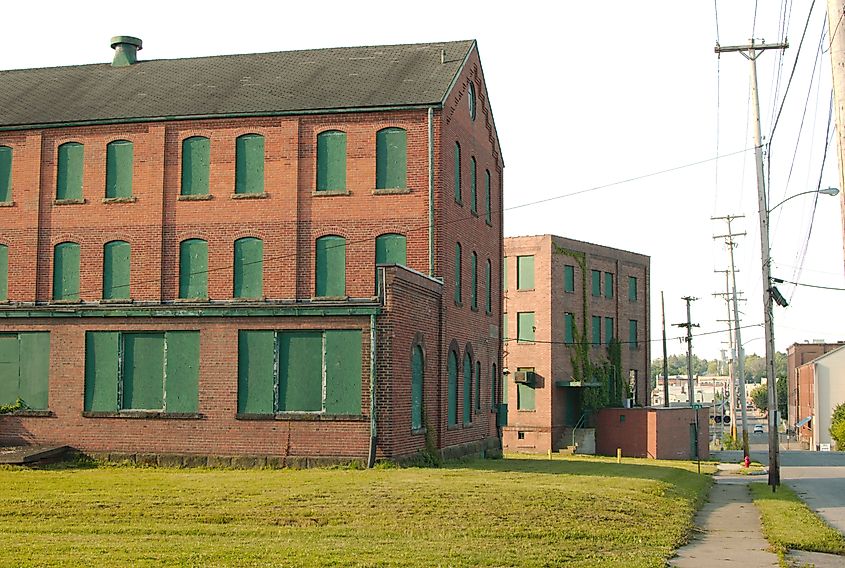
Well-preserved buildings and small-town charm await in the rustic town of Ashland. Tourists can walk down the Center Street Historic District and feel as though they have walked back in time. The quality of the restoration efforts that have gone into getting the historic buildings up and down Center Street are so detailed that you will swear you can hear the train in the distance and a soft phonograph playing through the window. Some notable landmarks here are the 1893 Shinn House, boasting Queen Anne architecture, and The Parsonage, an 1896 house with a cone-shaped roof.
Ashland also holds the Ashland County Historical Society Museum, where visitors can explore exhibits dedicated to local history, including artifacts from the early settlement era. Another highlight is Freer Field, a historic open area where recreational activities blend with the surrounding heritage. Furthermore, the Ashland Symphony Orchestra hosts concerts that enrich the cultural experience for residents and visitors alike.
Sidney
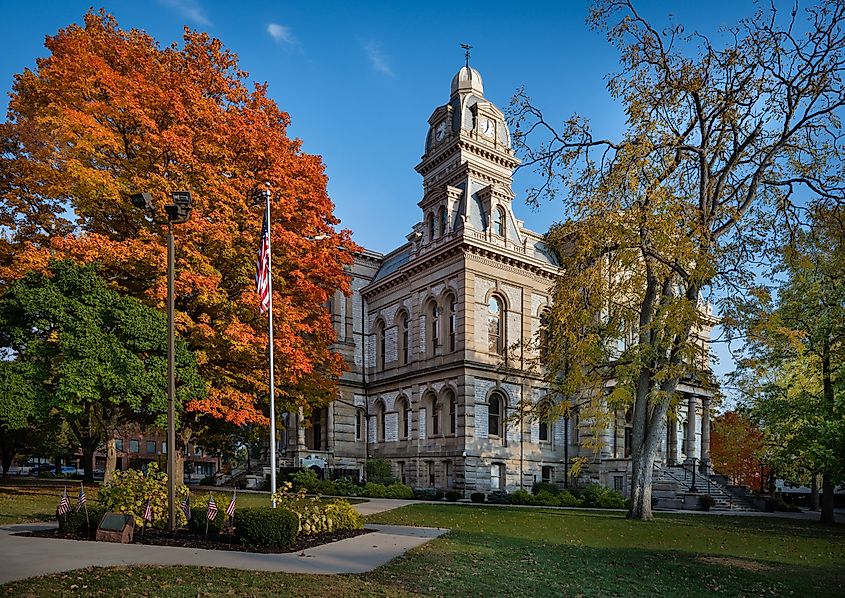
History lovers find Sidney a hidden gem. It blends the heritage of the Industrial Revolution with the small-town charm that Ohio is famous for. Sidney was once a key point in the farming and manufacturing industries. Visitors can visit the Shelby County Historical Society and Museum to learn more about the town's growth and the region as a whole. Nearby, the 1877 Monumental Buildings is a rustic landmark that honors martyrs from the American Civil War.
Look into Sidney’s industrial past by visiting the Big Four Bridge that spans the Great Miami River and gives visitors and locals a place to see beautiful panoramic views of the town and the surrounding landscapes. It has stood as a testament to American resilience and engineering since it was built in the 1920s. Sidney is a thriving declaration of the region's evolution over the past century. Visitors will develop a deep appreciation for the history of the area.
Circleville
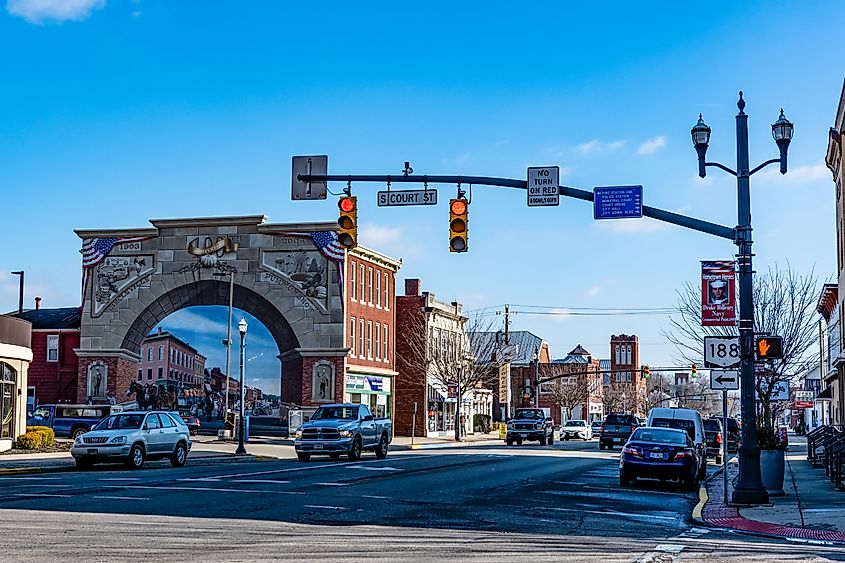
Take a look into the history of Ohio by visiting one of its oldest small towns. Circleville was originally laid out in the early 19th century and was designed around a central town square, which is still in place today. Many visitors enjoy the Pickaway County Historical and Genealogical Society, located in a restored building from the 19th century. You can explore exhibits on the Native American History of the region and the history of its early settlements.
Another must-see is the nearby Tarlton Cross Mound, a prehistoric earthwork believed to have ceremonial significance, adding a layer of ancient history to the area. Visitors can also admire the 1847 Pickaway County Courthouse, a stunning example of Greek Revival architecture and a symbol of the town’s enduring heritage.
Bellefontaine
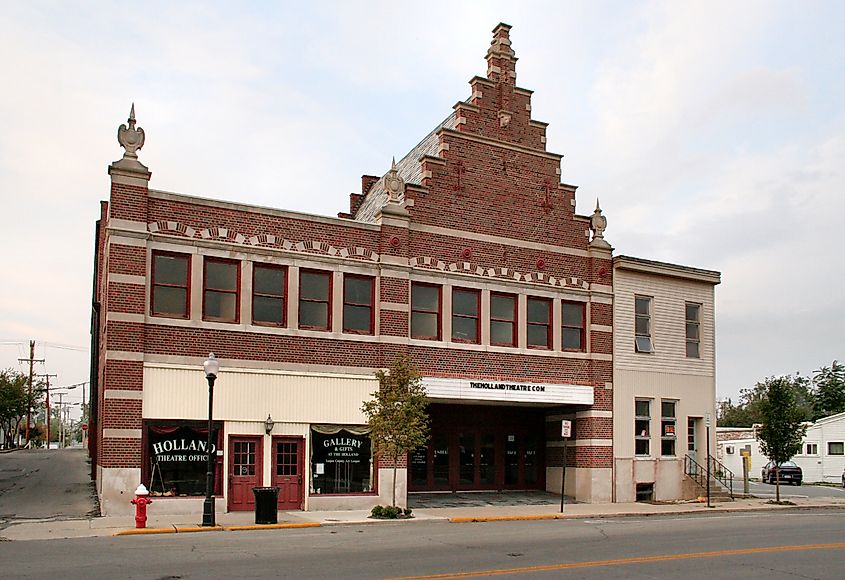
Travel back to the pioneer days of the U.S. when you take a trip to the historic town of Bellefontaine. You can spend a day enjoying the scenic views you will find at the highest point in Ohio, but natural beauty is not all Bellefontaine has to offer. There is much history to be uncovered, and you can access a lot of it at the Logan County Historical Society. This museum is located inside a home built in the mid-19th century and has artifacts from the pioneer days when people relied on growing, hunting, and trapping much more than shopping. Another nearby landmark is the 1931 Holland Theatre, which is listed on the National Register of Historic Places. It features a Dutch-style atmosphere and riveting performances.
Visiting McKinley Street, the nation's shortest street, adds a quirky slice of history to Bellefontaine. Measuring just 20 feet, it highlights the town's charming oddities and serves as a reminder of how unique small-town planning can be. Walking along its brief path gives you a fun connection to the local heritage.
Findlay
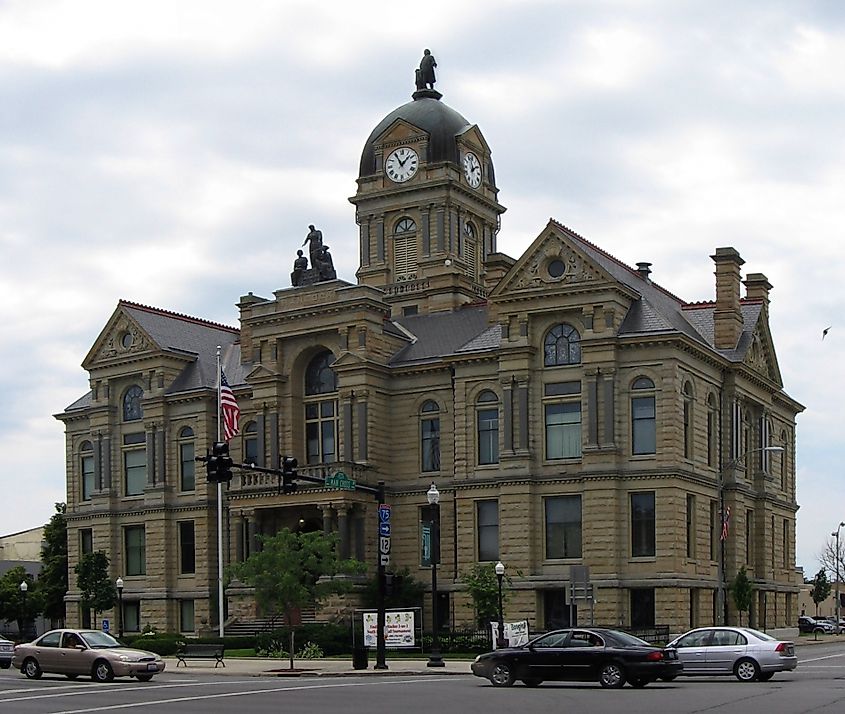
Findlay, nicknamed “Flag City,” is steeped in history that speaks to its prominence during the Industrial Revolution and its vibrant cultural legacy. In the late 19th century, it became a pivotal hub for the burgeoning oil and gas industry, fueling growth throughout Ohio and the nation. The Hancock County Historical Museum is a treasure trove for history enthusiasts, showcasing artifacts and exhibits on Findlay's oil boom and its ties to agriculture and early pioneer life.
Historic Main Street is lined with stunning 19th-century architecture, offering a window into the city’s prosperous past. Notable landmarks include the Jones Mansion, built in the 1860s, which exemplifies Victorian elegance and regularly hosts historical reenactments and cultural events. Visitors can also explore Riverside Park, one of Ohio’s first public parks, a community gathering space since 1906.
Wrapping Up
Ohio is a state rich in history, and its small towns offer an immersive experience that allows visitors to step back in time. From the French influence in Marietta to the Victorian streets of Findlay, these 11 towns serve as living museums, preserving architectural gems, significant landmarks, and local traditions. Whether exploring historic districts, wandering through preserved homes, or visiting museums showcasing Ohio's industrial and agricultural roots, each destination offers a unique look into the state's past. These towns preserve history and celebrate it, ensuring that the stories of yesterday continue to inspire generations to come.
